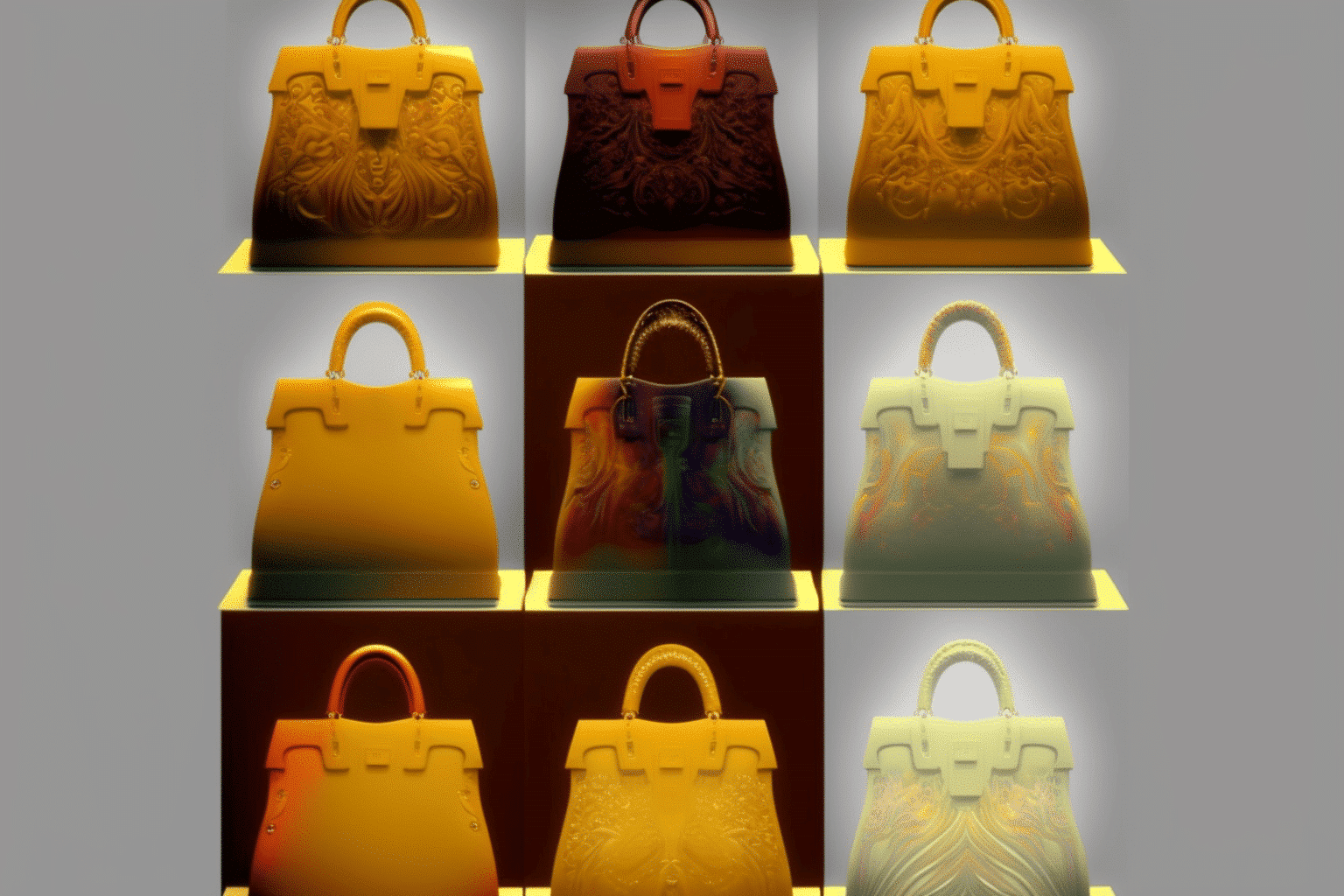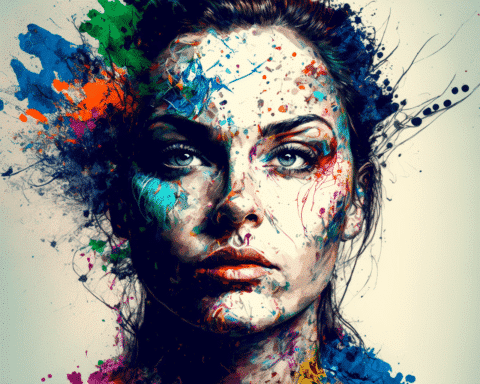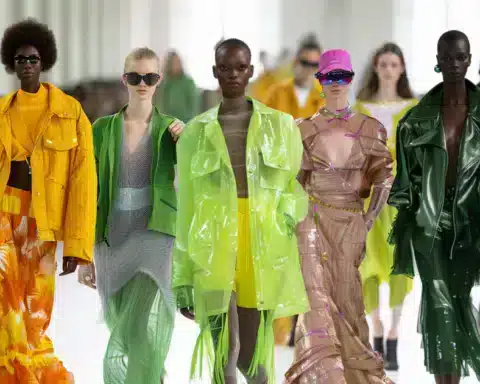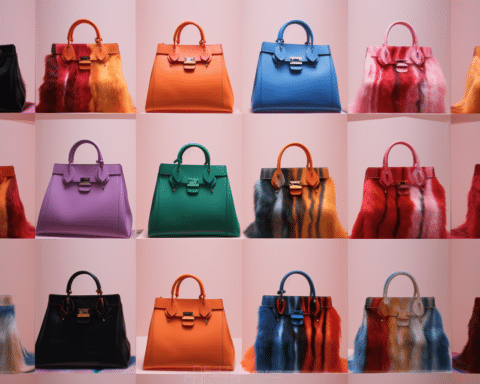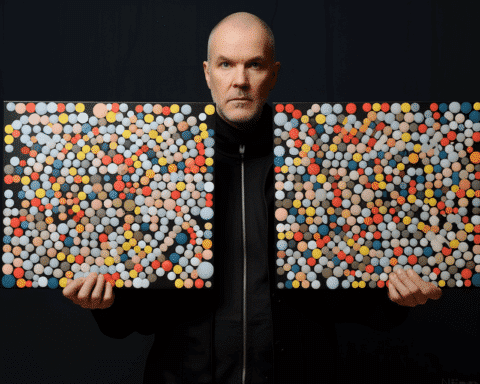On Wednesday, a federal jury in Manhattan ruled that an artist’s NFT (non-fungible token) versions of Hermes’ Birkin bags infringed on the French fashion house’s trademark rights.
This is one of the first IP trials involving NFTs, and the jury determined that artist Mason Rothschild’s “MetaBirkins” were likely to confuse consumers and therefore violated trademark rights.
The US District Court for the Southern District of New York awarded Hermes $133,000 in damages for trademark infringement, dilution, and cybersquatting.
Rothschild’s attorney referred to the verdict as a “terrible day for artists and the First Amendment,” while representatives for Hermes did not respond to requests for comment.
This case has garnered attention for its potential to define how trademark law applies to NFTs, which are unique tokens on blockchain networks commonly used to verify digital art ownership.
Hermes’ Birkin bags, known for their premium leather, typically sell for tens of thousands of dollars each, and the company has sold over $1 billion worth of Birkins in the US, including more than $100 million in the past decade, according to court documents.
Last year, Hermes sued Rothschild over his MetaBirkins, 100 NFTs associated with images of the bags covered in colourful fur.
Hermes referred to Rothschild as a “digital speculator,” and the NFTs as a “get rich quick” scheme, stating that over $1 million worth of the NFTs had been traded by early January 2022 after being offered at the Art Basel art fair in Miami in December 2021.
The luxury brand claimed that Rothschild’s NFTs hindered its own plans for the use of NFTs. However, Rothschild, also known as Sonny Estival, argued that the works were an absurdist statement on luxury goods protected by the First Amendment.
the ruling, in this case, serves as a significant milestone in the application of trademark law to NFTs and highlights the challenges faced by the art world in navigating the intersection of art, technology, and intellectual property.
The outcome of the case could set a precedent for future NFT-related intellectual property disputes. Nevertheless, the debate over the legal protection of NFTs and digital art remains ongoing and will likely continue to evolve as technology and the art world continue to grow and change.
